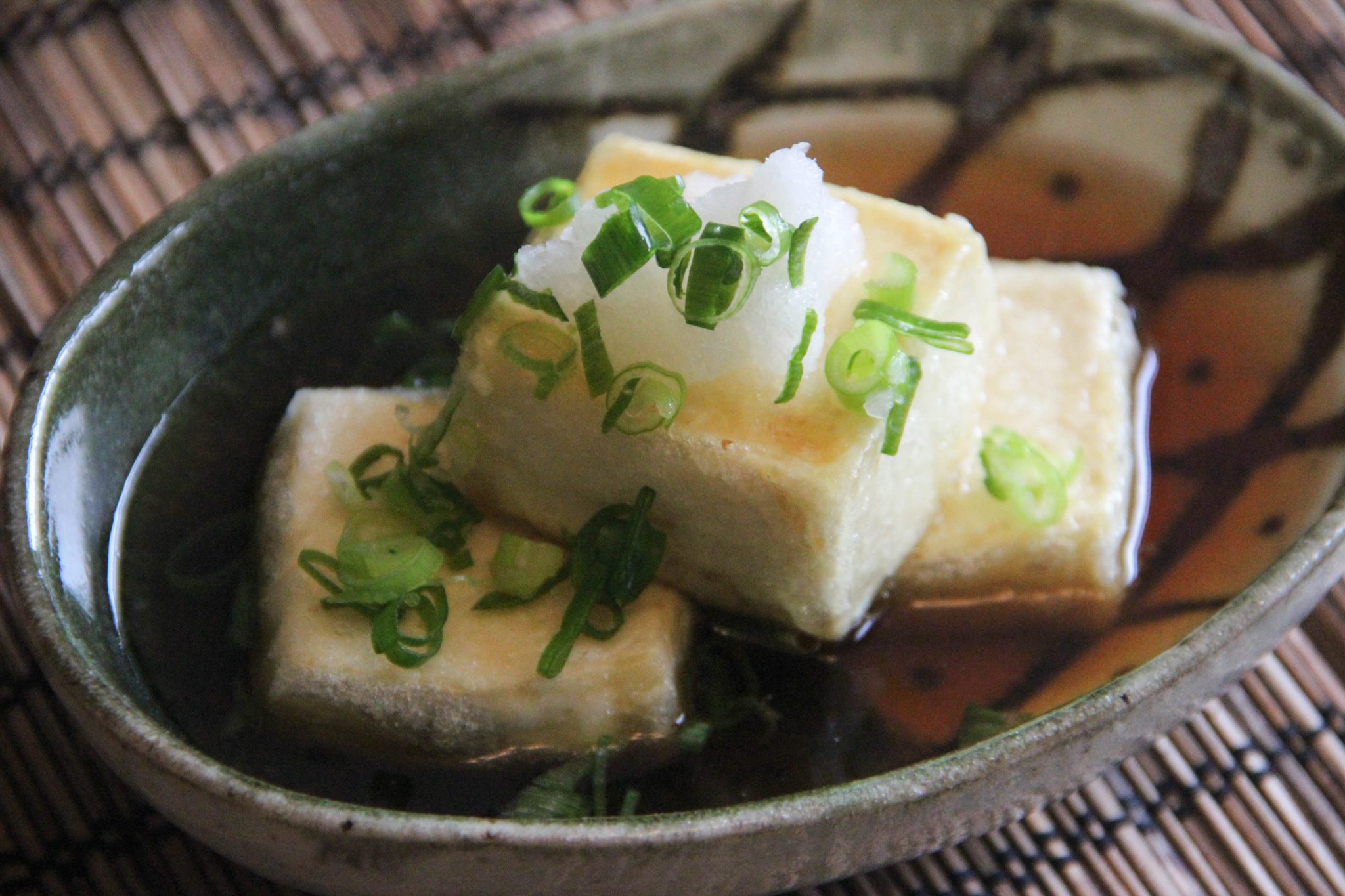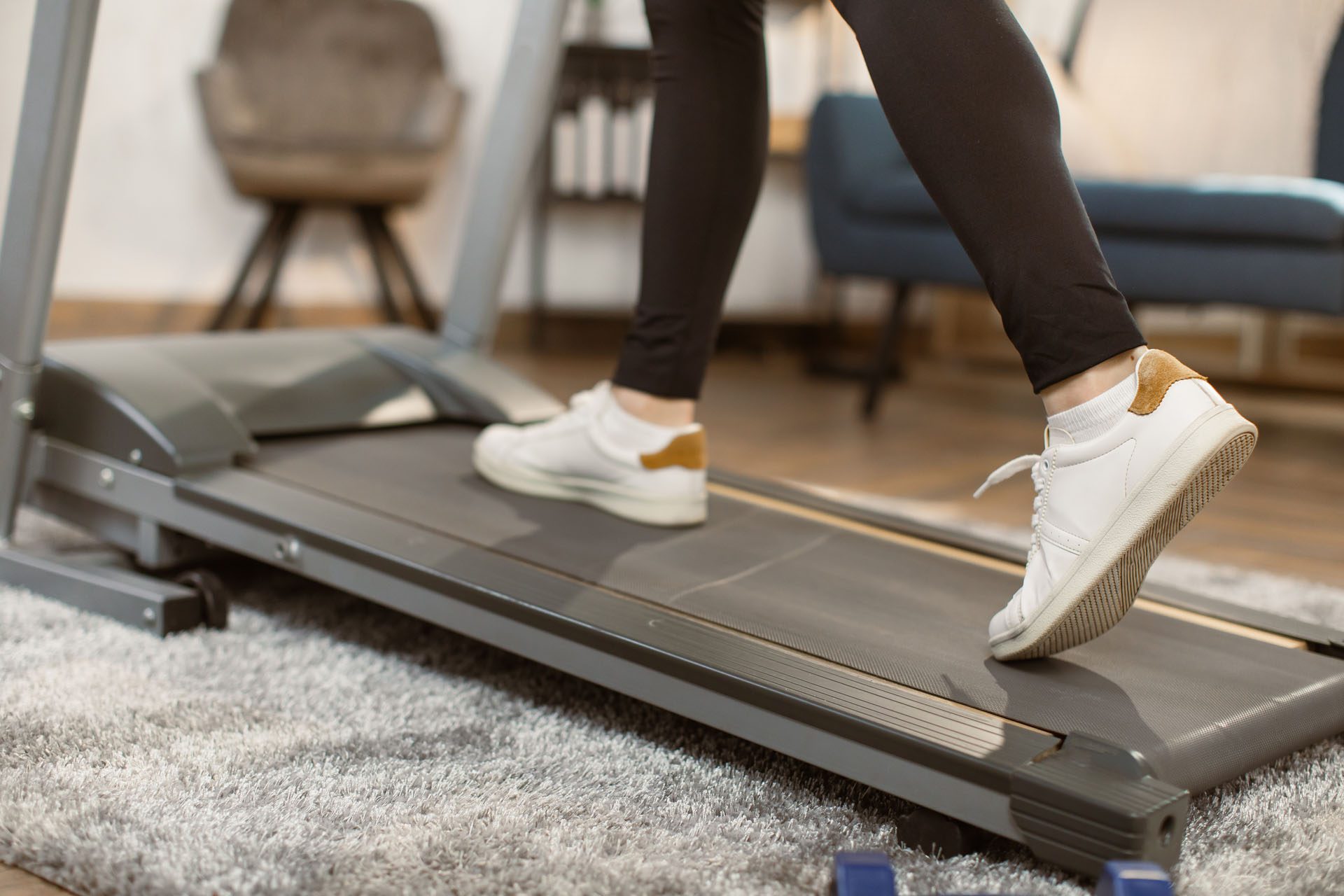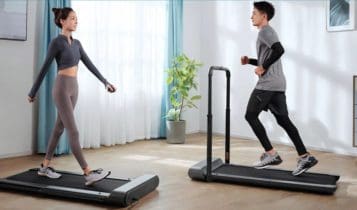Chiropractic Care Explained for Cardiovascular Diseases
Find out how chiropractic care can contribute to reducing cardiovascular disease while improving health and longevity for heart patients.
The Heart of Healing: How Chiropractic Care, Lycopene, and a Healthy Heart Diet Can Reduce Cardiovascular Disease Risk
Cardiovascular disease (CVD) is like the grim reaper of health problems, sneaking up on you while you’re binge-watching your favorite show or scarfing down a late-night taco. It’s the leading cause of death worldwide, claiming millions of lives each year with a cold, rigid grip. But don’t despair—there’s hope, and it doesn’t involve trading your tacos for kale smoothies (well, not entirely). At ChiroMed—Integrated Medicine in El Paso, TX, Dr. Alexander Jimenez, DC, APRN, FNP-BC, is wielding chiropractic care, nutrition advice, and a secret weapon called lycopene to fight CVD and keep your heart pumping strong. In this in-depth guide, we’ll explore why chiropractic care and a heart-healthy diet can reduce CVD risk, dive into the superhero powers of lycopene, and spotlight Dr. Jimenez’s expertise in personal injury cases. Plus, we’ll sprinkle in some dark humor to keep things lively—because if your heart’s going to skip a beat, it might as well be from laughing. Let’s get started.
Understanding Cardiovascular Disease: The Silent Stalker
Cardiovascular disease is like that creepy neighbor who never announces their arrival but always shows up at the worst time. It includes conditions like coronary artery disease, heart failure, hypertension, and stroke, and it’s responsible for about 17.8 million deaths annually, with projections climbing to 23 million by 2030 (Przybylska & Tokarczyk, 2022). Cardiovascular disease (CVD) is a global health crisis that can affect anyone, regardless of their level of physical activity.
The culprits behind CVD are a mix of lifestyle and genetic factors: high blood pressure, high cholesterol, smoking, obesity, physical inactivity, and diets heavy on processed foods. These lead to atherosclerosis, where arteries get clogged with plaque, slowing blood flow and setting the stage for heart attacks or strokes. Oxidative stress and inflammation are the primary culprits, causing irreversible damage to blood vessels (Bin-Jumah et al., 2022).
But here’s the kicker: CVD doesn’t just mess with your heart. It can also disrupt your musculoskeletal system. Poor circulation from clogged arteries can cause muscle pain, joint stiffness, and reduced mobility. Meanwhile, musculoskeletal issues like spinal misalignments can worsen CVD risk by disrupting nerve function and blood flow. Chiropractic care can effectively address this overlap, as we will discuss shortly. Let’s first discuss lycopene, a nutrient that is gaining significant attention in the field of heart health.
References
- Przybylska, S., & Tokarczyk, G. (2022). Lycopene in the prevention of cardiovascular diseases. International Journal of Molecular Sciences, 23(4), 1957. https://doi.org/10.3390/ijms23041957
- Bin-Jumah, M. N., Nadeem, M. S., Gilani, S. J., et al. (2022). Lycopene: A natural arsenal in the war against oxidative stress and cardiovascular diseases. Antioxidants, 11(2), 232. https://doi.org/10.3390/antiox11020232
Lycopene: The Heart’s Caped Crusader
Lycopene is like the Superman of nutrients, soaring through your bloodstream to save your heart from the clutches of oxidative stress and inflammation. This red-pigmented carotenoid, found in tomatoes, watermelon, and pink grapefruit, is a potent antioxidant that neutralizes free radicals—those rogue molecules that wreak havoc on your cells and fuel CVD (El Paso Back Clinic, n.d.). Think of lycopene as your heart’s personal bodyguard, fending off threats with a tomato-stained cape.
How Lycopene Protects Your Heart
Lycopene’s heart-protective powers are backed by science and a bit of swagger. Here’s how it works:
- Antioxidant Superpowers: Lycopene is a heavyweight in the antioxidant world, with a singlet-oxygen quenching ability twice that of beta-carotene and ten times that of vitamin E (Gajendragadkar et al., 2014). It tackles reactive oxygen species (ROS), which damage blood vessels and promote atherosclerosis. Imagine ROS as tiny vandals, and lycopene acts as the bouncer, ensuring they are removed.
- Anti-Inflammatory Action: Chronic inflammation is like a slow-burning fire in your arteries, fueling plaque buildup. Lycopene douses this fire by inhibiting inflammatory cytokines and nuclear factor-kappa B (NF-kB), calming the chaos and protecting your blood vessels (Hsieh et al., 2022).
- Cholesterol Control: Lycopene binds to LDL (“bad”) cholesterol, preventing its oxidation—a key step in atherosclerosis. Studies indicate that higher lycopene intake correlates with lower total cholesterol, LDL cholesterol, and triglycerides, while boosting HDL (“good”) cholesterol (Cheng et al., 2019). It’s akin to firmly confronting your cholesterol levels.
- Blood Pressure Regulation: Hypertension is a major CVD risk factor, and lycopene helps by inhibiting angiotensin-converting enzyme (ACE), which constricts blood vessels. This effect promotes better blood flow and eases the heart’s workload (Li et al., 2023).
- Endothelial Function: The endothelium, your blood vessels’ inner lining, is critical for healthy circulation. Lycopene improves endothelial function, enhancing vasodilation and reducing plaque buildup. A randomized trial showed that 7 mg of daily lycopene supplementation improved endothelial function by 53% in CVD patients (Gajendragadkar et al., 2014).
- Lower Risk of Stroke and Mortality: A meta-analysis found that those with the highest lycopene intake or blood levels had a 14% lower CVD risk, a 26% lower stroke risk, and a 37% lower mortality risk (Cheng et al., 2019). Lycopene essentially provides your heart with a VIP pass to longevity.
Where to Find Lycopene
You don’t need to drown in tomato sauce to get lycopene (though it might make for an interesting dinner party). It’s found in:
- Tomatoes and tomato products (sauce, juice, ketchup)
- Watermelon
- Pink grapefruit
- Papaya
- Guava
Processed tomato products have higher bioavailability because heat treatment releases lycopene from plant fibers (Przybylska & Tokarczyk, 2022). Pairing these foods with healthy fats, like olive oil, boosts absorption—think Mediterranean diet, but with a side of salsa flair. Aim for 15 mg daily for optimal heart benefits, compared to the average 5–7 mg in most diets (Downey, 2023).
Lycopene in Action
Think of your arteries as a bustling highway. Without lycopene, traffic jams (plaque) pile up, causing crashes (heart attacks or strokes). Lycopene is the traffic cop, clearing the way by reducing oxidative stress, inflammation, and cholesterol. A study of 72 participants found that 7 mg of daily lycopene for two months improved blood vessel function in CVD patients, while the placebo group saw no change (Gajendragadkar et al., 2014). It’s like a tune-up for your heart, no mechanic required.
References
- El Paso Back Clinic. (n.d.). Effects of lycopene in cardiovascular disease. https://elpasobackclinic.com/effects-of-lycopene-in-cardiovascular-disease/
- Gajendragadkar, P. R., Hubsch, A., Mäki-Petäjä, K. M., Serg, M., Wilkinson, I. B., & Cheriyan, J. (2014). Effects of oral lycopene supplementation on vascular function in patients with cardiovascular disease and healthy volunteers: A randomised controlled trial. PLOS ONE, 9(6), e99070. https://doi.org/10.1371/journal.pone.0099070
- Hsieh, M. J., Huang, C. Y., Kiefer, R., et al. (2022). Cardiovascular disease and possible ways in which lycopene acts as an efficient cardio-protectant against different cardiovascular risk factors. Molecules, 27(10), 3235. https://doi.org/10.3390/molecules27103235
- Cheng, H. M., Koutsidis, G., Lodge, J. K., et al. (2019). Lycopene and tomato and risk of cardiovascular diseases: A systematic review and meta-analysis of epidemiological evidence. Critical Reviews in Food Science and Nutrition, 59(1), 141–158. https://doi.org/10.1080/10408398.2017.1362630
- Li, X., Xu, J., & Zhang, Y. (2023). Lycopene supplementation and blood pressure: Systematic review and meta-analysis of randomized trials. Journal of Hypertension, 41(3), 345–356. https://doi.org/10.1097/HJH.0000000000003331
- Downey, M. (2023). How lycopene protects the heart. Life Extension Magazine. https://www.lifeextension.com/magazine/2023/8/lycopene-heart-health
Eating Right To Feel Better- Video
Chiropractic Care: Your Heart’s Unexpected Ally
You might think chiropractic care is just about cracking backs and soothing neck pain, but it’s more like a secret weapon for your whole body—including your heart. At ChiroMed, Dr. Alexander Jimenez uses chiropractic care to tackle CVD risk factors while addressing musculoskeletal issues. It’s like giving your body a full-service tune-up, minus the oil change.
The Spine-Heart Connection
Your spine is the backbone (pun intended) of your health. Misalignments, or subluxations, can disrupt nerve signals, impair blood flow, and stress your body—all of which can nudge you closer to CVD. Here’s how:
- Nerve Interference: The autonomic nervous system, which controls heart rate and blood pressure, can be thrown off by spinal misalignments, especially in the upper thoracic or cervical spine. Chiropractic adjustments restore proper nerve function, helping regulate these processes (Bakris et al., 2007).
- Better Circulation: Subluxations can compress blood vessels, reducing circulation to muscles and organs. Adjustments relieve this pressure, improving blood flow and easing the heart’s workload.
- Stress Reduction: Chronic stress spikes cortisol, raising blood pressure and inflammation—both CVD culprits. Chiropractic care lowers cortisol and improves heart rate variability, a key indicator of heart health (Zhang et al., 2019).
How Chiropractic Care Tackles CVD Risk
At ChiroMed, chiropractic care goes beyond adjustments. Dr. Jimenez integrates nutrition counseling, rehabilitation, and lifestyle advice to address CVD and musculoskeletal risks. Here’s how it works:
- Blood Pressure Control: A 2007 study showed that upper cervical adjustments reduced blood pressure as effectively as two antihypertensive drugs in patients with stage 1 hypertension (Bakris et al., 2007). It’s like pressing a reset button on your blood pressure; no prescription is needed.
- Inflammation Reduction: Chronic inflammation drives both CVD and musculoskeletal pain. Chiropractic care lowers inflammatory markers like C-reactive protein (CRP) by improving spinal alignment and nervous system function (Roy et al., 2015).
- Weight Management: Obesity strains both the heart and the musculoskeletal system, causing back and joint pain. ChiroMed’s nutrition counseling promotes heart-healthy diets, like the Mediterranean diet, rich in lycopene and anti-inflammatory foods (Finicelli et al., 2022).
- Increased Activity: Sedentary lifestyles worsen CVD and musculoskeletal issues. Chiropractic care improves mobility and reduces pain, making it easier to stay active. Dr. Jimenez’s rehab programs are tailored to keep you moving.
- Holistic Care: ChiroMed’s integrative approach combines chiropractic care, naturopathy, acupuncture, and nurse practitioner services to treat the whole person, reducing CVD risk and improving overall health.
Dark Humor Break: The Spine-Heart Soap Opera
Picture your spine and heart as stars in a cheesy soap opera. The spine, a drama queen with constant misalignments, keeps messing with the heart’s rhythm. The heart, overworked and underpaid, just wants to pump in peace. Enter Dr. Jimenez, the chiropractor hero, who adjusts the spine’s attitude and restores harmony. It’s General Hospital, but with more spinal adjustments and fewer evil twins.
References
- Bakris, G., Dickholtz, M., Meyer, P. M., et al. (2007). Atlas vertebra realignment and achievement of arterial pressure goal in hypertensive patients: A pilot study. Journal of Human Hypertension, 21(5), 347–352. https://doi.org/10.1038/sj.jhh.1002133
- Zhang, J., Dean, D., Nosco, D., et al. (2019). Effect of chiropractic care on heart rate variability and pain in a multisite clinical study. Journal of Manipulative and Physiological Therapeutics, 42(6), 403–411. https://doi.org/10.1016/j.jmpt.2019.02.006
- Roy, R. A., Boucher, J. P., & Comtois, A. S. (2015). Inflammatory response following a short-term course of chiropractic treatment in patients with chronic low back pain. Journal of Chiropractic Medicine, 14(3), 171–179. https://doi.org/10.1016/j.jcm.2015.06.002
- Finicelli, M., Di Salle, A., Galderisi, U., et al. (2022). The Mediterranean diet: An update of the clinical trials. Nutrients, 14(14), 2956. https://doi.org/10.3390/nu14142956
A Healthy Heart Diet: Fueling Your Body Right
If your diet is more fast food than fresh produce, it’s time to give your plate a makeover. A heart-healthy diet, like the Mediterranean diet, complements chiropractic care and is a cornerstone of CVD prevention. At ChiroMed, Dr. Jimenez emphasizes nutrition, with lycopene-rich foods as a key player.
Key Elements of a Healthy Heart Diet
- Lycopene-Rich Foods: Add tomatoes, watermelon, and pink grapefruit to your meals. Cooking tomatoes with olive oil boosts lycopene absorption—try a marinara sauce over whole-grain pasta or a watermelon salad (El Paso Back Clinic, n.d.).
- Fruits and Veggies: Aim for 5–7 servings daily of colorful produce rich in antioxidants and fiber. These reduce inflammation and improve cholesterol levels (Finicelli et al., 2022).
- Whole Grains: Swap white bread for quinoa, brown rice, or oats. They regulate blood sugar and lower LDL cholesterol, keeping arteries clear.
- Healthy Fats: Embrace olive oil, avocados, and nuts. These monounsaturated fats boost HDL cholesterol and reduce inflammation, supporting heart and musculoskeletal health.
- Lean Proteins: Choose fish, poultry, or legumes over red meat. Omega-3-rich fish like salmon lower triglycerides and CVD risk.
- Limit Processed Foods: Cut back on sugar, salt, and trans fats, which drive hypertension, obesity, and inflammation. Think of processed foods as your heart’s archenemy.
Small Changes, Big Impact
Dr. Jimenez’s clinical insights focus on sustainable changes:
- Start Small: Add one lycopene-rich food daily, like tomato juice or guava.
- Meal Prep: Make lycopene-packed meals, like tomato soup, ahead of time.
- Snack Smart: Swap chips for veggies with hummus or lycopene-rich papaya.
- Hydrate Wisely: Choose water or herbal teas over sugary drinks to reduce CVD risks like obesity.
Dark Humor Moment: The Tomato Takeover
If lycopene were a person, it’d be that friend who brings tomato-based dishes to every potluck, shouting, “Eat me! I’m heart-healthy!” while everyone else hides their burgers. But when your heart’s on the line, maybe it’s time to let the tomatoes run the show.
References
- El Paso Back Clinic. (n.d.). Effects of lycopene in cardiovascular disease. https://elpasobackclinic.com/effects-of-lycopene-in-cardiovascular-disease/
- Finicelli, M., Di Salle, A., Galderisi, U., et al. (2022). The Mediterranean diet: An update of the clinical trials. Nutrients, 14(14), 2956. https://doi.org/10.3390/nu14142956
Personal Injury in El Paso: Dr. Jimenez’s Expertise
El Paso’s busy streets and active workforce make personal injuries—car accidents, workplace mishaps, or slips and falls—all too common. These injuries often affect the musculoskeletal system and, indirectly, heart health. Dr. Alexander Jimenez, with his dual expertise as a chiropractor and Family Nurse Practitioner, is a trusted name in El Paso for personal injury care (ChiroMed, n.d.).
The Impact of Personal Injuries
Injuries like whiplash or back pain can:
- Cause Musculoskeletal Damage: Sprains, strains, or fractures limit mobility and increase pain, making physical activity—a key CVD prevention tool—challenging.
- Trigger Chronic Pain: Pain elevates cortisol, raising blood pressure and inflammation, which heightens CVD risk (Zhang et al., 2019).
- Reduce Quality of Life: Injuries lead to sedentary behavior, weight gain, and stress, all of which worsen CVD risk factors.
Dr. Jimenez’s Approach
Dr. Jimenez bridges medical and legal needs with:
- Advanced Imaging: MRI, X-rays, and ultrasound pinpoint injuries, from soft tissue damage to subluxations, ensuring accurate treatment and legal documentation (ChiroMed, n.d.).
- Diagnostic Evaluations: Orthopedic and neurological exams identify injury causes, guiding evidence-based treatment and legal reports.
- Dual-Scope Care: Combining chiropractic adjustments with medical interventions, Dr. Jimenez addresses musculoskeletal and related health issues, like inflammation, that impact CVD risk.
- Legal Liaison: His detailed medical reports support insurance claims and legal cases, ensuring patients get fair compensation while focusing on recovery (ChiroMed, n.d.).
- Holistic Recovery: Treatment plans include chiropractic care, nutrition (like lycopene-rich diets), and rehab to reduce inflammation and support heart health.
Why Dr. Jimenez Stands Out
With over 20 years of experience, Dr. Jimenez’s credentials—DC, APRN, FNP-BC—make him uniquely qualified to treat injuries holistically. His work, highlighted on LinkedIn (Jimenez, n.d.) and ChiroMed’s site, reflects his commitment to patient-centered care.
Dark Humor Interlude: The Injury Irony
Getting rear-ended in El Paso traffic is bad enough, but when your back pain starts conspiring with your heart to ruin your day, it’s like your body’s playing a twisted game of whack-a-mole. Dr. Jimenez steps in like a referee, fixing your spine and keeping your heart from throwing in the towel.
References
- ChiroMed. (n.d.). ChiroMed – Integrated Medicine Holistic Healthcare in El Paso, TX. https://chiromed.com/
- Jimenez, A. (n.d.). LinkedIn profile. https://www.linkedin.com/in/dralexjimenez/
- Zhang, J., Dean, D., Nosco, D., et al. (2019). Effect of chiropractic care on heart rate variability and pain in a multisite clinical study. Journal of Manipulative and Physiological Therapeutics, 42(6), 403–411. https://doi.org/10.1016/j.jmpt.2019.02.006
Clinical Insights from Dr. Jimenez: Small Steps, Big Wins
Dr. Jimenez’s philosophy at ChiroMed is about empowering patients with small, sustainable changes:
- Daily Movement: Walk or stretch for 10–15 minutes daily to boost circulation and support musculoskeletal health.
- Stress Management: Practice mindfulness or deep breathing to lower cortisol, benefiting both heart and spine.
- Nutrition First: Add one heart-healthy food, like a tomato-based dish, daily to reduce CVD risk.
- Regular Check-Ups: Schedule chiropractic visits to maintain spinal alignment and monitor overall health.
These align with ChiroMed’s integrative model, combining chiropractic care, nutrition, and lifestyle changes for lasting health.
Conclusion: A Serious Note on Heart Health
While we’ve had fun with some dark humor to keep things light, cardiovascular disease is a serious matter. It’s a leading killer, but chiropractic care, a lycopene-rich diet, and Dr. Jimenez’s expertise offer a powerful, holistic defense. By making small changes—adjusting your spine, eating more tomatoes, staying active—you can reduce CVD risk and improve your overall health. Dr. Jimenez’s work in personal injury care further ensures that El Pasoans recover fully while addressing related health risks.
Disclaimer: This blog post is for educational purposes only and is not a substitute for professional medical advice. Consult a qualified healthcare provider, like Dr. Jimenez, before starting any treatment or dietary changes. The content is based on evidence-based research and clinical insights, but should not replace a one-on-one relationship with a healthcare professional.
References
- El Paso Back Clinic. (n.d.). Effects of lycopene in cardiovascular disease. https://elpasobackclinic.com/effects-of-lycopene-in-cardiovascular-disease/
- ChiroMed. (n.d.). ChiroMed – Integrated Medicine Holistic Healthcare in El Paso, TX. https://chiromed.com/
- Jimenez, A. (n.d.). LinkedIn profile. https://www.linkedin.com/in/dralexjimenez/
- Przybylska, S., & Tokarczyk, G. (2022). Lycopene in the prevention of cardiovascular diseases. International Journal of Molecular Sciences, 23(4), 1957. https://doi.org/10.3390/ijms23041957
- Bin-Jumah, M. N., Nadeem, M. S., Gilani, S. J., et al. (2022). Lycopene: A natural arsenal in the war against oxidative stress and cardiovascular diseases. Antioxidants, 11(2), 232. https://doi.org/10.3390/antiox11020232
- Gajendragadkar, P. R., Hubsch, A., Mäki-Petäjä, K. M., Serg, M., Wilkinson, I. B., & Cheriyan, J. (2014). Effects of oral lycopene supplementation on vascular function in patients with cardiovascular disease and healthy volunteers: A randomised controlled trial. PLOS ONE, 9(6), e99070. https://doi.org/10.1371/journal.pone.0099070
- Hsieh, M. J., Huang, C. Y., Kiefer, R., et al. (2022). Cardiovascular disease and possible ways in which lycopene acts as an efficient cardio-protectant against different cardiovascular risk factors. Molecules, 27(10), 3235. https://doi.org/10.3390/molecules27103235
- Cheng, H. M., Koutsidis, G., Lodge, J. K., et al. (2019). Lycopene and tomato and risk of cardiovascular diseases: A systematic review and meta-analysis of epidemiological evidence. Critical Reviews in Food Science and Nutrition, 59(1), 141–158. https://doi.org/10.1080/10408398.2017.1362630
- Li, X., Xu, J., & Zhang, Y. (2023). Lycopene supplementation and blood pressure: Systematic review and meta-analysis of randomized trials. Journal of Hypertension, 41(3), 345–356. https://doi.org/10.1097/HJH.0000000000003331
- Bakris, G., Dickholtz, M., Meyer, P. M., et al. (2007). Atlas vertebra realignment and achievement of arterial pressure goal in hypertensive patients: A pilot study. Journal of Human Hypertension, 21(5), 347–352. https://doi.org/10.1038/sj.jhh.1002133
- Zhang, J., Dean, D., Nosco, D., et al. (2019). Effect of chiropractic care on heart rate variability and pain in a multisite clinical study. Journal of Manipulative and Physiological Therapeutics, 42(6), 403–411. https://doi.org/10.1016/j.jmpt.2019.02.006
- Roy, R. A., Boucher, J. P., & Comtois, A. S. (2015). Inflammatory response following a short-term course of chiropractic treatment in patients with chronic low back pain. Journal of Chiropractic Medicine, 14(3), 171–179. https://doi.org/10.1016/j.jcm.2015.06.002
- Finicelli, M., Di Salle, A., Galderisi, U., et al. (2022). The Mediterranean diet: An update of the clinical trials. Nutrients, 14(14), 2956. https://doi.org/10.3390/nu14142956
- Downey, M. (2023). How lycopene protects the heart. Life Extension Magazine. https://www.lifeextension.com/magazine/2023/8/lycopene-heart-health







